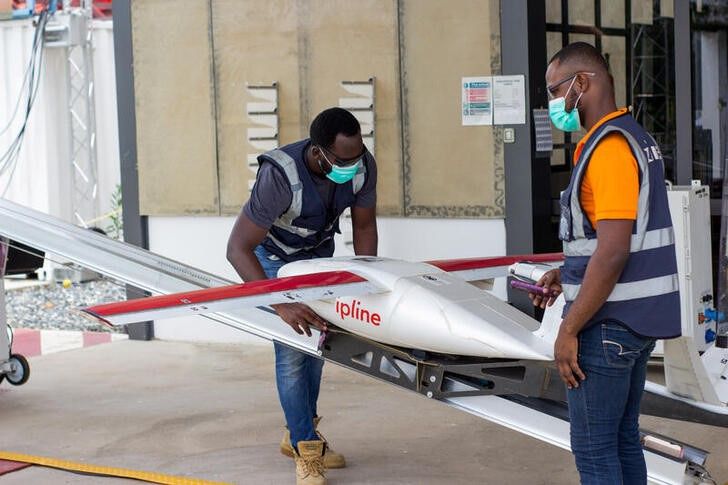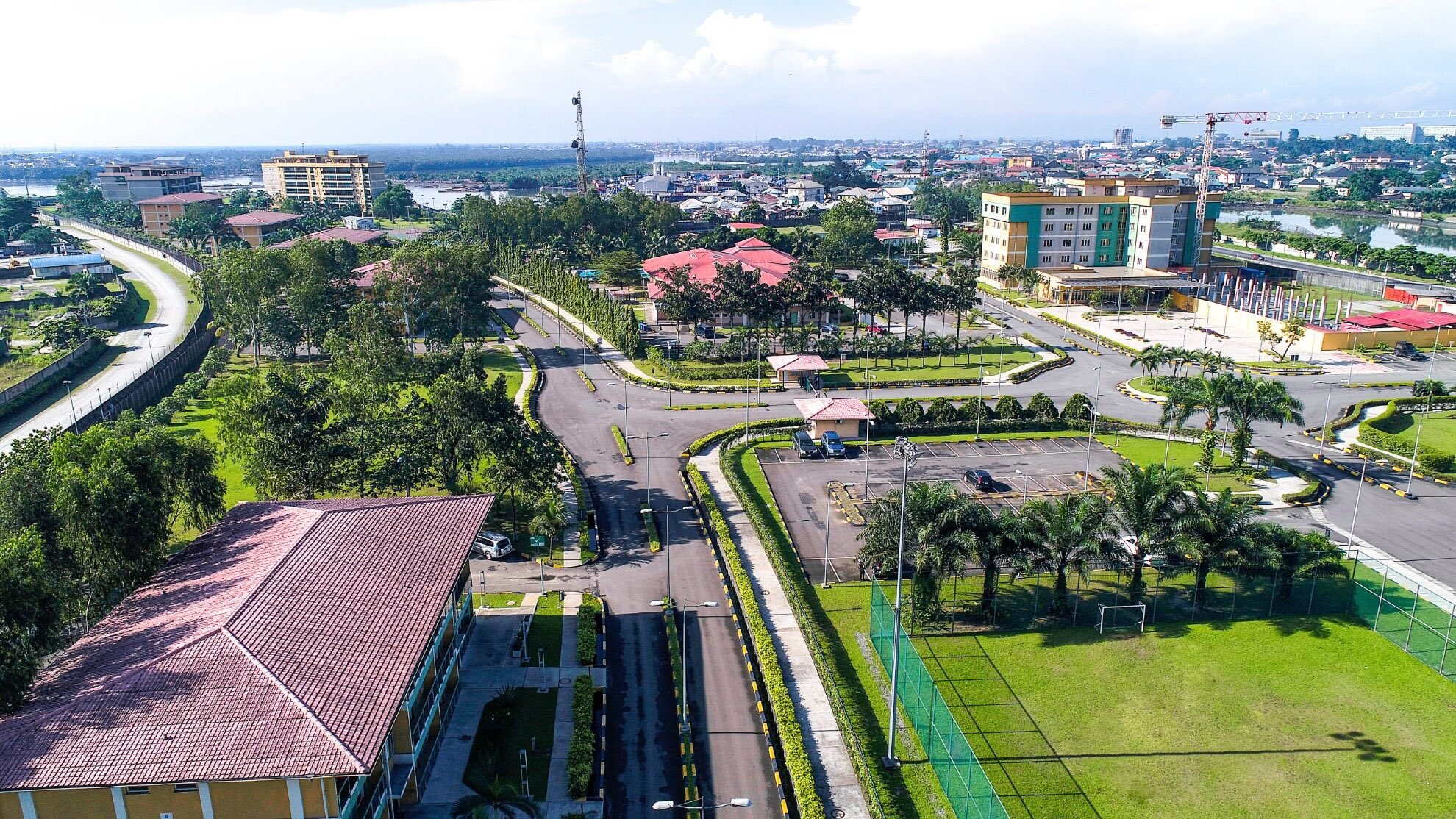Pan-African e-commerce firm, Jumia Technologies, has partnered with drone-delivery startup Zipline to deliver household items to remote areas of Ghana, the companies revealed on Thursday.
The firm will co-opt San Francisco-based Zipline’s automated, on-demand delivery system with Jumia’s distribution network to enable customers from remote and rural areas to order and receive electronics, cosmetics, fashion and other products.
Jumia, an online marketplace for vendors and food merchants, along with related services including logistics and payments, was the first Africa-focused tech start-up to list on the New York Stock Exchange in 2019. It has a current market capitalisation of $741 million, according to Refinitiv data.
The new venture is part of Jumia’s plan to reach its growing customer base in such areas, which make up about 27% of the company’s deliveries, a Jumia spokesman told Reuters, adding he could not immediately give financial details of the project.
“This will… provide much-needed access to rural and remote areas where conventional delivery services have challenges,” said Apoorva Kumar, Jumia Group chief operating officer.
Drone deliveries of medical supplies and vaccines hastened during the COVID-19 pandemic as countries and companies began to seek innovative means to reach people when movement of goods was restricted.
Many companies are now looking beyond medical needs, with Amazon.com Inc (AMZN.O), United Parcel Service Inc (UPS.N) and FedEx Corp (FDX.N) all testing on several pilot programs to deliver household goods and other services to customers.
With its most recent expansion into Japan, Zipline now provides drone delivery of blood, vaccines, and other medical supplies in Ghana, Rwanda, Nigeria, and the United States.
Jumia and Zipline stated in a statement that they intend to expand into Ivory Coast and Nigeria after a fruitful pilot program and testing in Ghana a few months ago, although they did not specify when.
Jumia operates in 11 African nations, with more than 30 warehouses and 3,000 drop-off and pick-up locations in its logistics network.







![Call For Applications:Innova [Africa Future of Work and Entrepreneurship] Fellowship 2023 Innova [Africa Future of Work and Entrepreneurship] Fellowship 2023](https://msmeafricaonline.com/wp-content/uploads/2023/07/WhatsApp-Image-2023-07-03-at-8.01.03-AM.jpeg)


